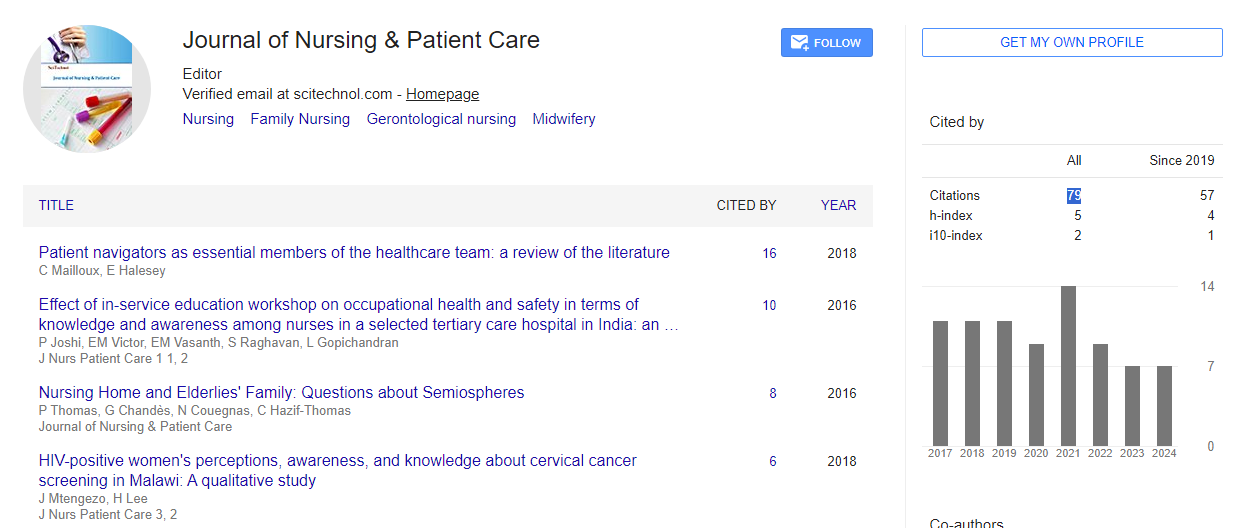Use of near infrared spectroscopy in the investigation of brain activity during type II communication
Minato Kawaguchi, Yasuko Fukaya and Ritsuko Wakabayashi
Kanto Gakuin University, Japan
: J Nurs Patient Care
Abstract
In our previous investigations, we found that there were two types of communication between people in needed long-term care and care providers. One was defined as task-oriented ("Type I") and the other was defined as the conversation which wasn't included in "Type I" such as daily communication ("Type II: life-worldly communication"). In geriatric care facilities, elderly people spoke only four minutes a day, and 75% over whole duration occupied "Type-I" communication. There is a possibility that the quality of life could be improved by increasing the duration of Type-II, i.e., ward off dementia. However, it has not been unclear whether the quantitative difference on brain activations exists between those types. The near infrared spectroscopy (NIRS) has been developed as a non-invasive method to observe brain activity objectively. It has been shown to discriminate the activity of healthy and cognitive seizure such as dementia using NIRS during some psychological tests in previous investigations. Our objective is to analyze whether those types of communication are different on quantified frontal brain activation using NIRS. Twenty healthy young people were participated in this investigation. Each participant performed to talk with a caregiver role for ten minutes in randomly chosen order of the types of communication respectively. The 16 channels of NIRS system (NIRO-200NX, Hamamatsu Photonics K.K., Japan) were applied for each participant. All procedures were video-recorded simultaneously. We analyzed and compared the changes in the concentrations of oxygenated hemoglobin (oxy HB), deoxygenated hemoglobin (deoxy HB) and total hemoglobin (total HB). We will further investigate whether observed results are different from those in the elderly people in the future.
Biography
Minato Kawaguchi was born in 1984 in Japan. He received the B. Eng. and M. Eng. from Kanto Gakuin University in 2006 and 2008. He received the Ph.D. in degree from Graduate School of Human Sciences, Waseda University in 2011. His research interests include neuroscience and neural engineering through the computer simulation of neural systems. He is also interested in the analysis of mental (brain) activity using non-invasive methods during sports and communications.
E-mail: minato@kanto-gakuin.ac.jp
 Spanish
Spanish  Chinese
Chinese  Russian
Russian  German
German  French
French  Japanese
Japanese  Portuguese
Portuguese  Hindi
Hindi 